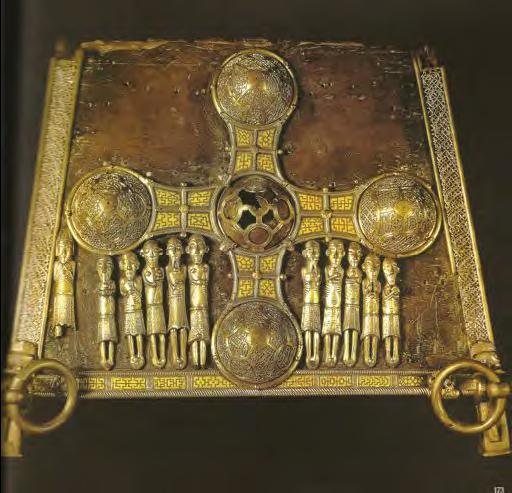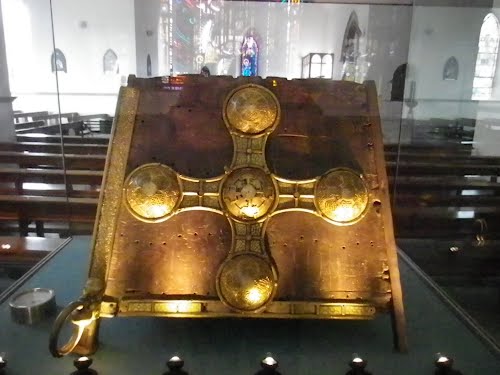
Join Amazon Prime - Watch Thousands of Movies & TV Shows Anytime - Start Free Trial Now
Shrine of St. Manchán, of Manghan, c. 1130
Boher church, Co. Offaly, Ireland
 | |
| Large image of figures on left | Large image of figures on right |

Back of the shrine. Picture by Alan L.
